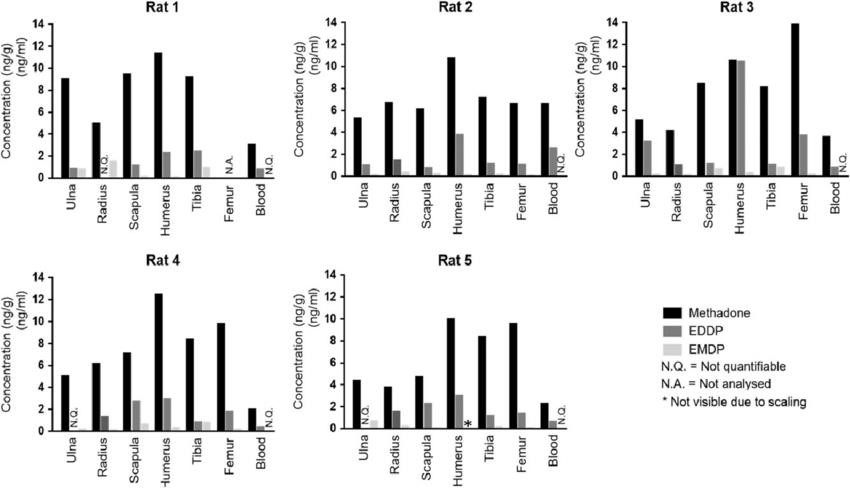Methadone Clinics Hālawa HI
Home
Methadone Clinics Hālawa HI Information
The NIH suggests that it may not be possible for patients to become drug free. Then you shouldnʼt be bothered by this page for a long time.
A high degree of “opioid tolerance” does not eliminate the possibility of methadone overdose, iatrogenic or otherwise. According to the NIDA, it is extremely important for treatment to be readily available to patients. “Potential patients can be lost if treatment is not immediately available or readily accessible. Methadone clinics in the United States operate under close federal observation and regulation. Methadone addiction can develop through illicit use, which is any use without a prescription, or by using the drug improperly (e.g., taking more than prescribed or combining the drug with other substances of abuse).
Below are Some More Resources on methadone for heroin withdrawal

Even more Info Around how does methadone make you feel Hālawa HI
Interactions With Other CNS Depressants Patients receiving other opioid analgesics, general anesthetics, phenothiazines or other tranquilizers, sedatives, hypnotics, or other CNS depressants (including alcohol) concomitantly with methadone may experience respiratory depression, hypotension, profound sedation, or coma (see PRECAUTIONS). The length of time a person remains in treatment depends on a number of factors. Forced diuresis, peritoneal dialysis, hemodialysis, or charcoal hemoperfusion have not been established as beneficial for increasing the elimination of methadone or its metabolites. Renal Dose Adjustments Renal impairment: Start at the low end of the dosing range using longer dosing intervals and titrate slowly; closely monitor for signs of respiratory and CNS depression.
Right here are Some More Details on methadone for heroin withdrawal
Methadone clinics are only for recovering addicts from opioids. However, following large doses, methadone produced teratogenic effects in the guinea pig, hamster and mouse. Incomplete cross-tolerance is of particular concern for patients tolerant to other mu-opioid agonists who are being converted to methadone, thus making determination of dosing during opioid conversion complex. And I guess it depends on your individual situation. An important part of treatment for addiction is counseling.
Much more Resources For methadone for heroin withdrawal Hālawa HI
According to the SAMHSA Physician’s Guide, “registered OTPs can dispense methadone to individuals, with less frequent visitations, where “their dependence on opioids is managed by a steady dose of methadone; regular urinalyses have established that these patients no longer use any illicit drugs; and they have demonstrated the ability and willingness to handle a supply of the medication safely, at home.” If you are already active in a methadone maintenance program, your options may be more open. Overdose and relapse potentials are extremely high for these individuals and methadone programs have proven to be effective in reduce the contracting and spreading of communicable diseases, infections, IV use, criminal and other negative behaviors associated with illicit opioid use while improving overall health and social functioning capabilities. Methadone can slow or stop your breathing, and may be habit-forming. When using naloxone, the naloxone will be quickly eliminated and the withdrawal will be short lived. Ask yourself if you have any friends who live close to one of these facilities. Updated March 4, 2017 in Methadone 1 REPLY SHARE RSS Traveling with liquid methadone on a cruise ship I would like to know if anyone has had any issues recently with carrying their liquid Methadone on a cruise ship? Deaths have been reported during conversion from chronic, high-dose treatment with other opioid agonists.
Click Here for More Information
Previous Next
You may also like:
Methadone Clinics Centerville UT
Methadone Clinics Fallbrook CA
Methadone Clinics New London CT
Methadone Clinics Southfield MI
Methadone Clinics Phelan CA